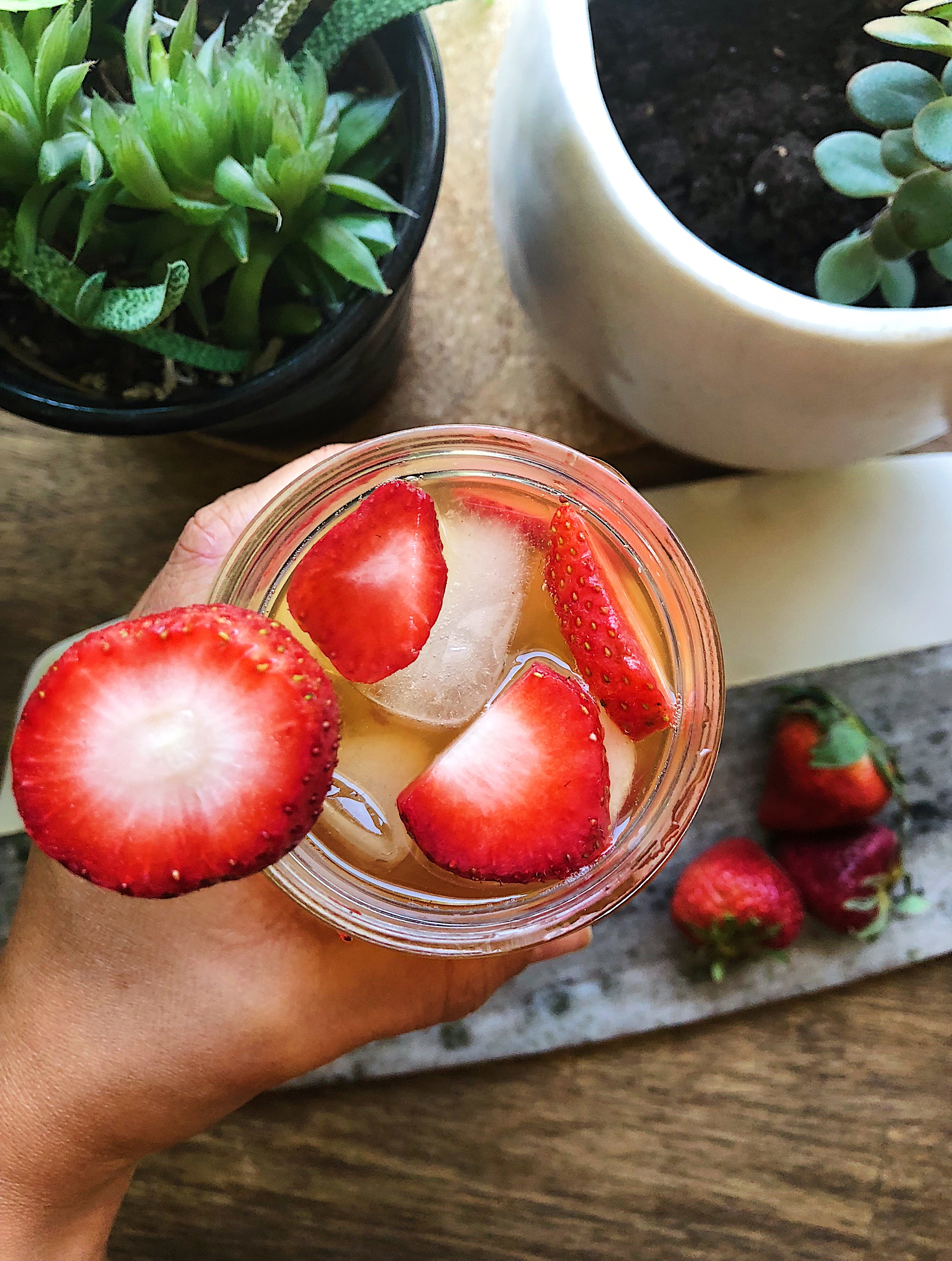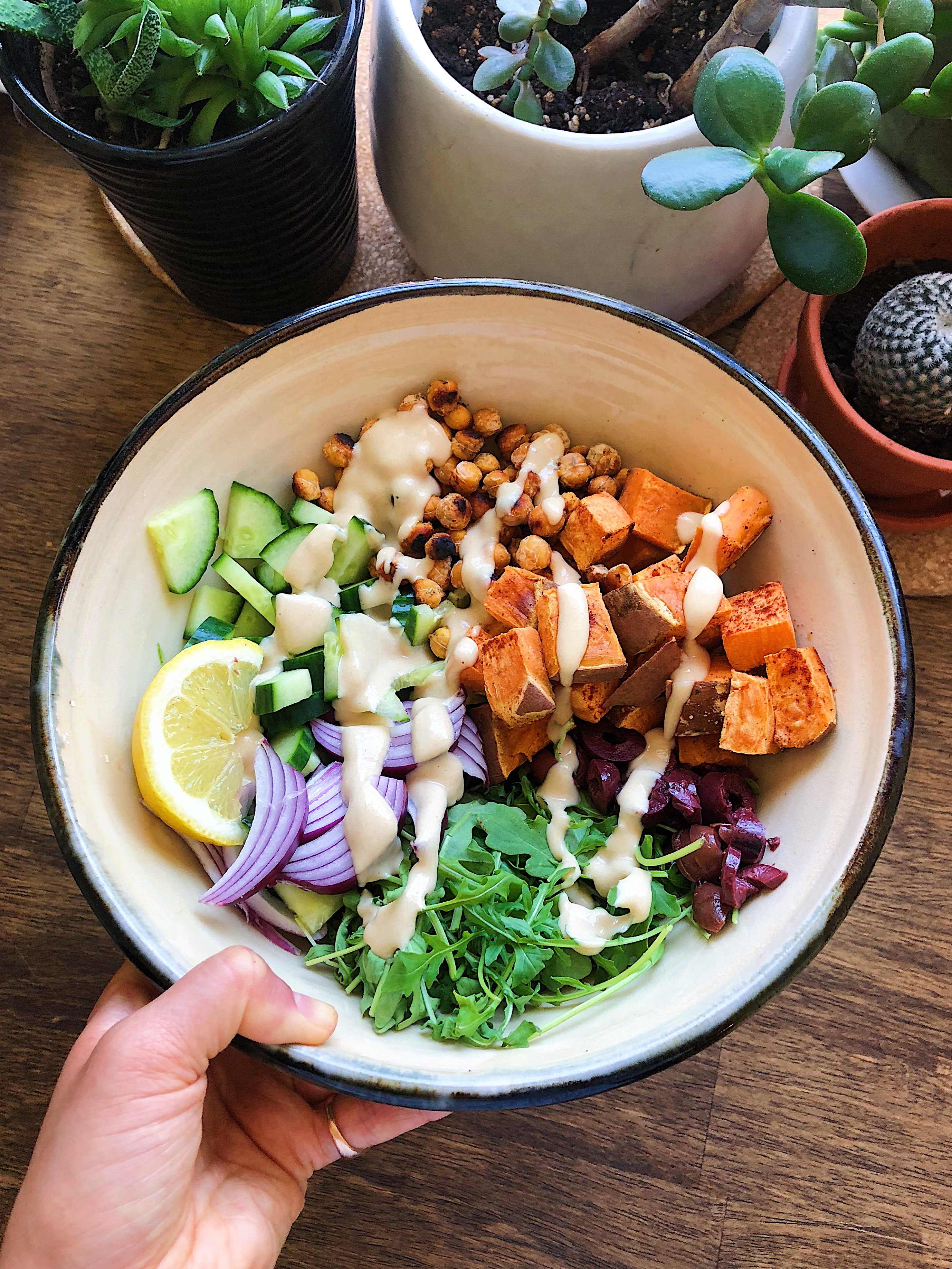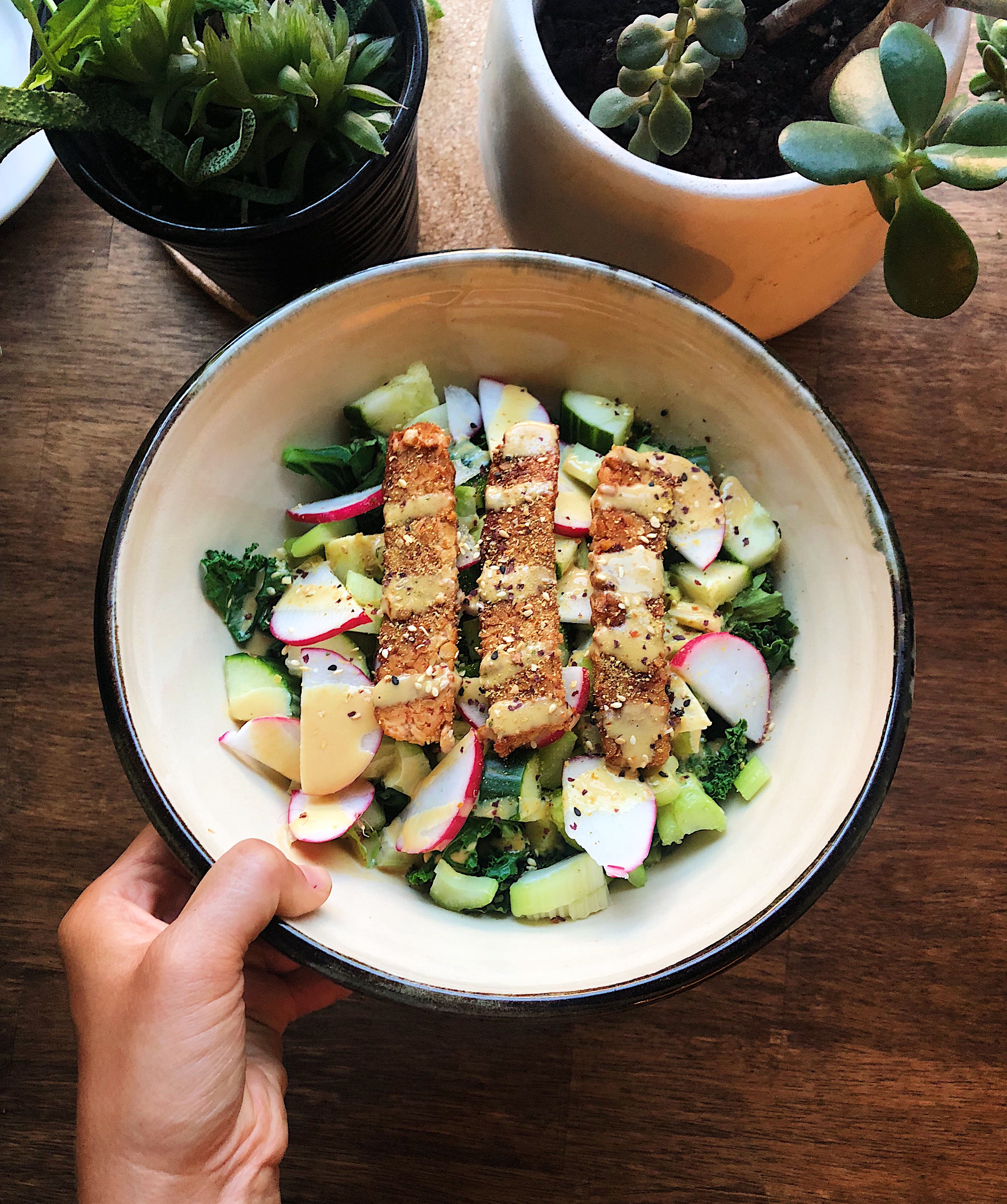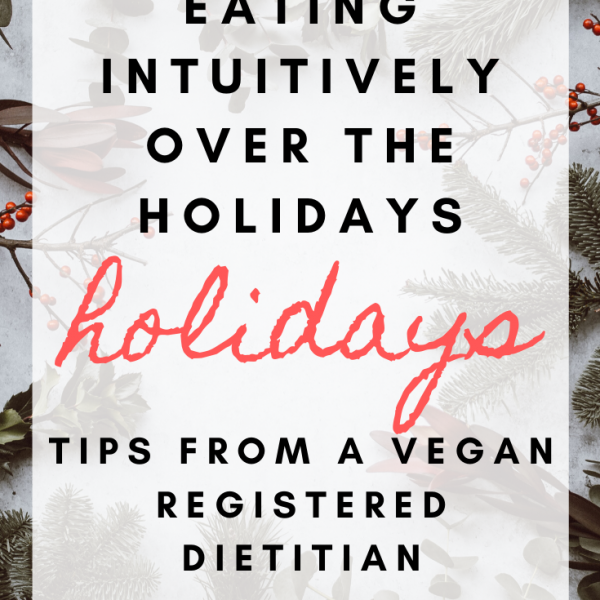
Gut health can be a confusing topic. What’s the difference between prebiotics and probiotics? How much should we be getting? Where can we get them from? Can they really do everything, like reduce our bloating, help us lose weight, and keep us from getting sick?
In this article I hope to clarify some of the most common questions about prebiotics and probiotics, and give some suggestions on how best to get them.
Before we can understand how pre and probiotics work, it’s important for us to understand our digestive system a little bit better.
Our intestinal system is constantly occupied by trillions of microorganisms. Most of these microorganisms are made up of about thirty to forty different species, but we have about three hundred to four hundred unique species in total. These species mostly reside in our large intestine (the last part of the digestive system, after our stomach and small intestine). When people talk about “gut flora” or “microbiota”, they’re referring to all of the microorganisms that live in our digestive systems.
Most of these bacteria are mutually beneficial to our bodies, however, there are some that cause more harm than good. “Good” bacteria can produce substances that fend off harmful bacteria, can boost the absorption of nutrients in the small intestine, and can even make certain vitamins like Vitamin K and biotin.
“Good” bacteria in the large intestine helps us to break down fiber that traditionally wouldn’t break down in the human digestive tract. These bacteria leave behind short-chain fatty acids as a result of their breakdown, which can be used as energy by the body, helps fat and carbohydrate metabolism, and protects against colorectal cancer. These bacteria can also support our immune system to help prevent us from getting colds or flu, can protect against food allergies and helps to build up important intestinal tissue to keep our digestive systems healthy.
If we don’t have enough of the “good” gut bacteria, our digestive system can instead be invaded by “bad” bacteria. This bad bacteria can produce toxins that harm the gut lining (which could ultimately lead to leaky gut syndrome) can reduce our immune function, increase chronic inflammation, compromise our metabolism and may lead to overweight or obesity.

Food and our gut flora
The food we eat has an immense role on our gut flora. Think of your gut flora as a garden- we want to nourish the flowers in order to help them grow. Certain foods or lifestyle choices can “sterilize” the garden, making it challenging for good bacteria (“flowers”) to grow, whereas other food choices and lifestyle factors act as “fertilizer” to our gut flora “garden”.
Food that contain friendly bacteria are called probiotics, and foods that support the growth of these probiotics are called prebiotics. Think of prebiotics as the “fertilizer”. They are non-digestible carbohydrate components in certain high fibre foods that act as “food” for probiotics (or “flowers”). Prebiotics can be found in abundance in a whole-foods, plant-based diet.
Probiotics are microorganisms that can be consumed from fermented foods or supplements that live in the digestive tract and can help with digestive issues such as certain types of diarrhea, lactose intolerance or irritable bowel syndrome, or the prevention of the common cold or flu.
It’s important to note that different probiotic strains may do different things for our bodies. Multi-species probiotic foods or supplements are often more effective than consuming a single-strain variety. It is unknown exactly how much pre and probiotics should be eaten, but the important part is consistency. Try to incorporate foods that contain pre and probiotics into your everyday diet.

Plant-based sources of Prebiotics:
- Asparagus
- Bananas
- Sweet potato
- Garlic
- Oats
- Apples
- Falxseed
- Artichoke
- Leeks
- Onions
- Tomatoes
- Barley
- Rye
- Whole grains
- Chicory root
- Dandelion root
- Elecampane root
Plant-based sources of Probiotics:
- Fermented or cultured foods
- Nondairy yogurts (almond, coconut or soy)
- Fermented soy products (tempeh and miso, which you know I love soy!)
- Fermented nut or seed cheeses
- Fermented vegetables (suerkraut, kimchi, certain pickles)
- Fermented grains (rejuvalec)
- Sourdough bread
- Kombucha
Takeaway message: Eating a diet consisting of high fibre plant-based foods that contains a variety of fermented food will help to promote good gut flora. Try to incorporate raw fruits and vegetables, and some fermented or cultured foods into your everyday diet.



Leave a Reply